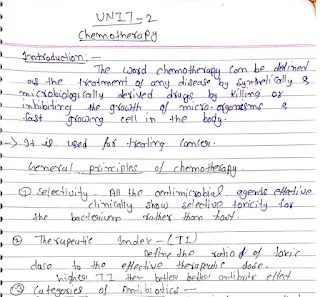Chemotherapy
Explore the general principles of chemotherapy and learn about the different classes of drugs used to combat infections and diseases. This document provides an overview of sulfonamides, cotrimoxazole, and various antibiotics such as penicillins, cephalosporins, chloramphenicol, macrolides, quinolones, fluoroquinolins, tetracyclines, and aminoglycosides.
- General principles of chemotherapy
- Sulfonamides and cotrimoxazole: Uses and mechanisms
- Antibiotics: A detailed review of key classes
- Applications and effectiveness in different medical contexts
Detailed Explanation
Chemotherapy is a cornerstone of modern medicine, focusing on the use of drugs to eliminate or inhibit the growth of harmful microorganisms and cancer cells. This document delves into the foundational principles of chemotherapy, including drug mechanisms, therapeutic indices, and resistance development.
Sulfonamides and cotrimoxazole are highlighted as essential antibacterial agents that work by inhibiting folate synthesis, making them effective in treating urinary tract infections and other bacterial diseases. The document also provides a comprehensive look at various classes of antibiotics, including:
- Penicillins and cephalosporins: Beta-lactam antibiotics that target bacterial cell walls.
- Chloramphenicol: Broad-spectrum antibiotic effective against a range of bacterial infections.
- Macrolides: Protein synthesis inhibitors, often used as alternatives for patients allergic to penicillin.
- Quinolones and fluoroquinolins: Potent antibiotics that inhibit bacterial DNA synthesis.
- Tetracyclines and aminoglycosides: Effective in treating a variety of infections, including those caused by resistant bacteria.
This document is an invaluable resource for students, researchers, and professionals seeking to understand the pharmacology of chemotherapeutic agents.
Info!
If you are the copyright owner of this document and want to report it, please visit the copyright infringement notice page to submit a report.

